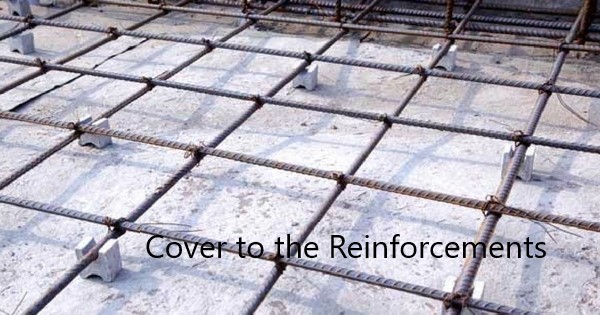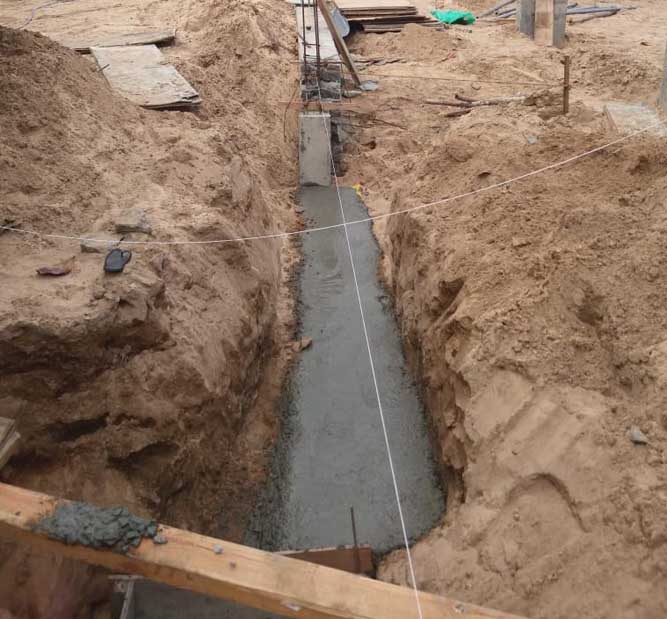Different types of beams can be observed in the structures. They are categorized based on the construction materials, supporting arrangement of the beams, and other special aspects.
Let’s discuss each type of categorization in detail.
The categorization of beams based on the construction materials are discussed as follows.
Construction Materials
The following classification is made based on the type of materials
- Concrete Beams
There are different types of concrete beams constructed changing its cross-section. These types of beams are mainly reinforced concrete beams used to carry the loads.
Mainly, they can be categorized as rectangular beams and circular beams.
In addition, there are other types of beams such as inverted T beams, flange beam, etc used in the construction.
- Steel Beams
There are many types of steel beams that are considered as types of beams to carry the loads.
Mainly, we identify the universal beam as the steel beam that carries the load. Further, it has a higher stiffness in the direction of bending.
Further, there are beams like plate girders that are used to carry the heavy loads.
Steel pipes, C channels, Rectangular Hollow sections, Solid Pipes, etc. are also used as steel beams as applicable.
- Timber Beams
Timber is a quite popular construction material in some parts of the word. Further, there are very large and tall structures constructed from the timer.
Time beams are used as load-carrying elements in these structures. The treated timber is used in the construction as most of the time it is the concern on the durability of the structures.
- Composite Beams
As the name says it is a combination of materials to enhance the stiffness of the beam.
Composite beams are mainly cast from the steel and the concrete. These types of beams are widely used in steel structures.
A combination of the concrete and the steel section is taken into account to have the composite action. Shear studs fixed on the beam are embedded in the concrete. They create this composite action.
Types of Beams can be further classified based on the condition of supports that we considered in the analysis and design.
Based on Types of Beam Support
- Simply Supported Beam
There are two supports and they allow the rotation at the support.
Thus, the edge of the beam is freed to rotate.
The bending moment will be maximum at mid-span or near the mid-span based on the arrangement of the loads. The sheer force will be maximum at the supports.
- Continuous Beam
When there are two or more supports, that beam identified as a continuous beam.
Depending on the boundary condition, there will be a bending moment in all supports. If the beam is designed assuming the knife-edge supports, there will be no bending moment at end supports.
If we are designing a concrete beam supported with concrete columns, the effect of the concrete columns or the stiffness of the concrete column shall be considered in the analysis. Analyzing as knife-edge supports and column supports makes a considerable impact on the results.
- Cantilever Beam
Whether the beam ends at the support or it continues to the other spans, the beam needs to be designed for the cantilever bending moment.
No moment distribution can be made to the cantilever bending moment.
Other Special Types of Beams
- Precast Beams
As the name says, they are types of beams that cast separately and place in the relevant location.
This type of construction is now becoming more popular when there is a repetition of work. Beams can be cast in bulk and then they can be installed.
This is a cost-effective method as well as saves time too.
The beam reinforcement could be the same as the normal beam. However, based on the boundary conditions, etc, there may be some adjustment in the reinforcement area. Special connecting details could be adopted based on the nature of the structure to maintain continuity.
- Prestress Beams /Post Tension Beams
Prestress means, stressing of cables is done before the casting of the beam. In post-tension beam construction, we cast the beam first, and then the tensioning of cables is done.
There are two stages in post-tension beam construction. That is the transfer stage and service stage. In the transfer stage, we design allowing for transportation. The service stage is the time which we apply the load on the beam.
Post tension and precast beams are widely used to support large spans. These beams are widely used in bridge construction.
The article Bridge Design could be referred to get an idea about the desing of post-tension beams.
- Deep Beam
Supporting large spans, massive loads, etc. we construct the deep beams.
Deep beams are more commonly observed in the transfer floor construction. Columns spacing is an increase in parking areas in multistoried buildings. Beyond that level, we place columns closely due to many reasons.
At this level, a deep beam is constructed to carry the load applied by the structure above the transfer floor.
There are special procedures that need to be followed when the design of the deep beam. The article deep beam desing could be referred for more information.
- Tapered Beam
Tapered beams are commonly constructed as architectural features. These types of beams are not widely constructed.
Construction is much difficult than the usual beam construction. Further, the arrangement of the reinforcements needs to be changing along the beam length. For, example, we have to make all the shear links in different sizes.
However, these types of beams are more effective and economical in steel construction. We increase the depth of the section only where it is required.
In portal frame construction, this os practice. Further, the use of a tapered beam and column can bring the economy into the project.
- Beam Classification Based on Cross-Sectional Area based on cross-section, L shape, T shape, rectangular,
There are types of beams such as “L” shape, “T” shape, etc constructed form different angle sections.
Rectangular Hollow sections, Circular Hollow Sections, solid section of the rectangular and circular section are also used as beam sections.


